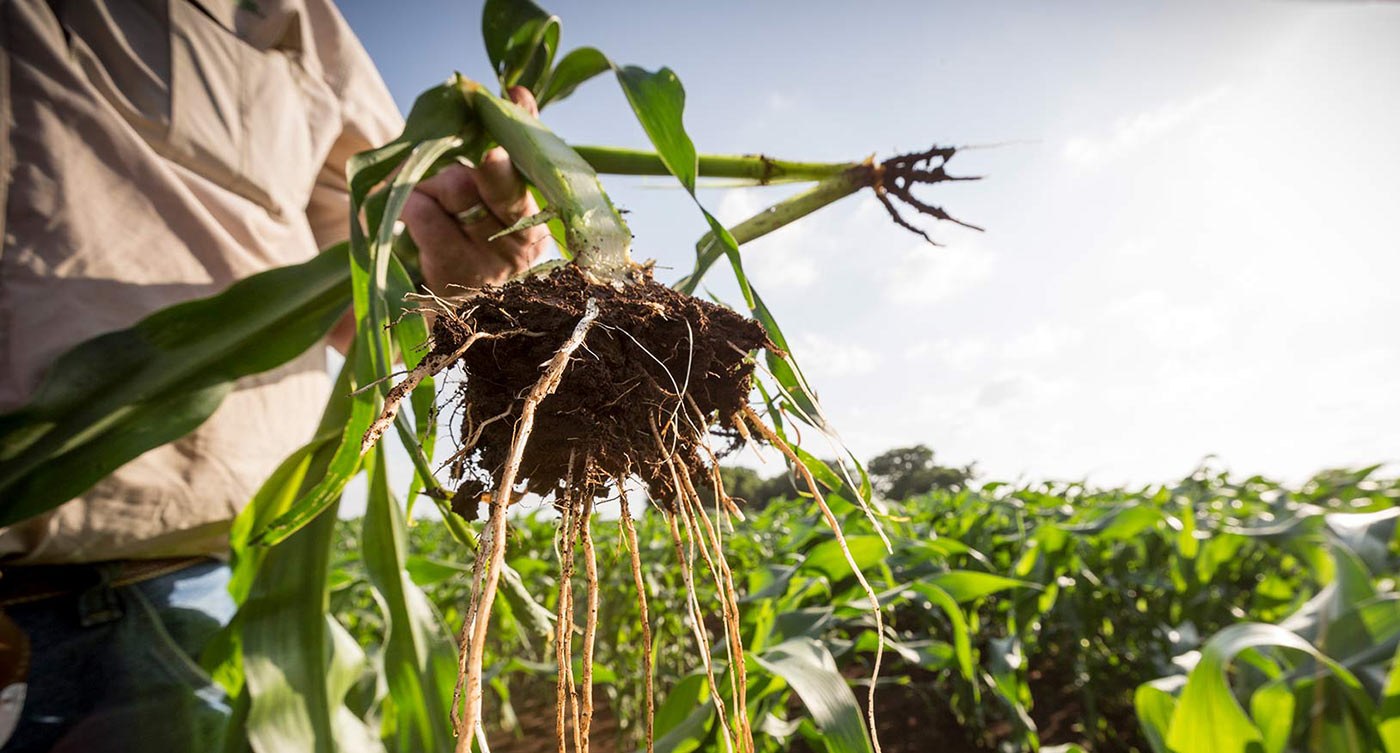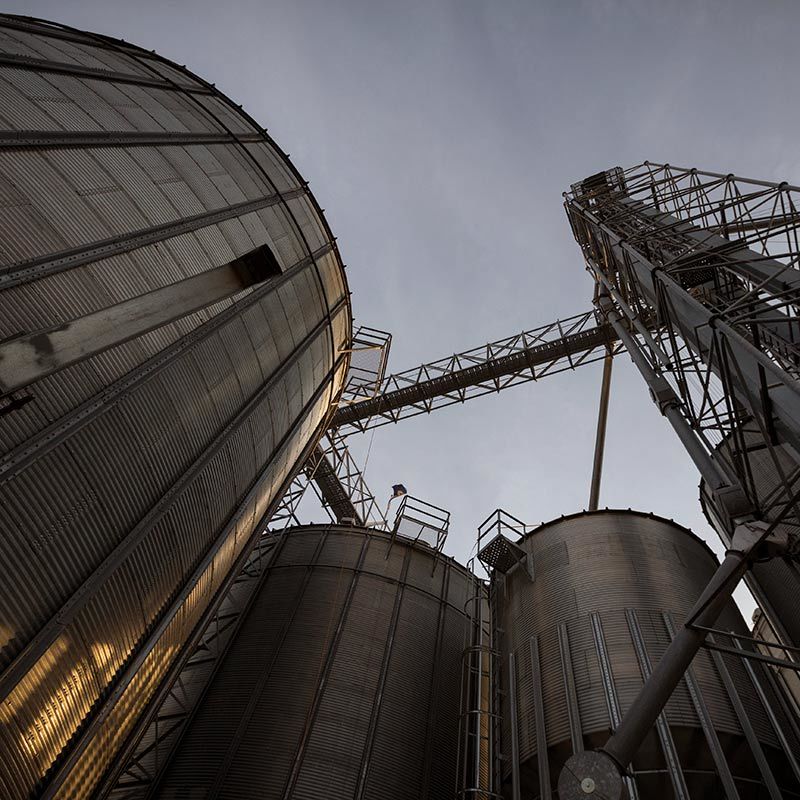
Saathoff Seeds Resources
We’ve collected accurate, timely agronomic information you can use to help grow your operation.


We’ve collected accurate, timely agronomic information you can use to help grow your operation.






Walking Your Fields® newsletter connects you to your Pioneer agronomist throughout the growing season. It provides quick and concise agronomic information to help add value to your overall farm management strategy.
Sign up to receive Walking Your Fields newsletter by email.
Let’s talk about how to boost your yields.